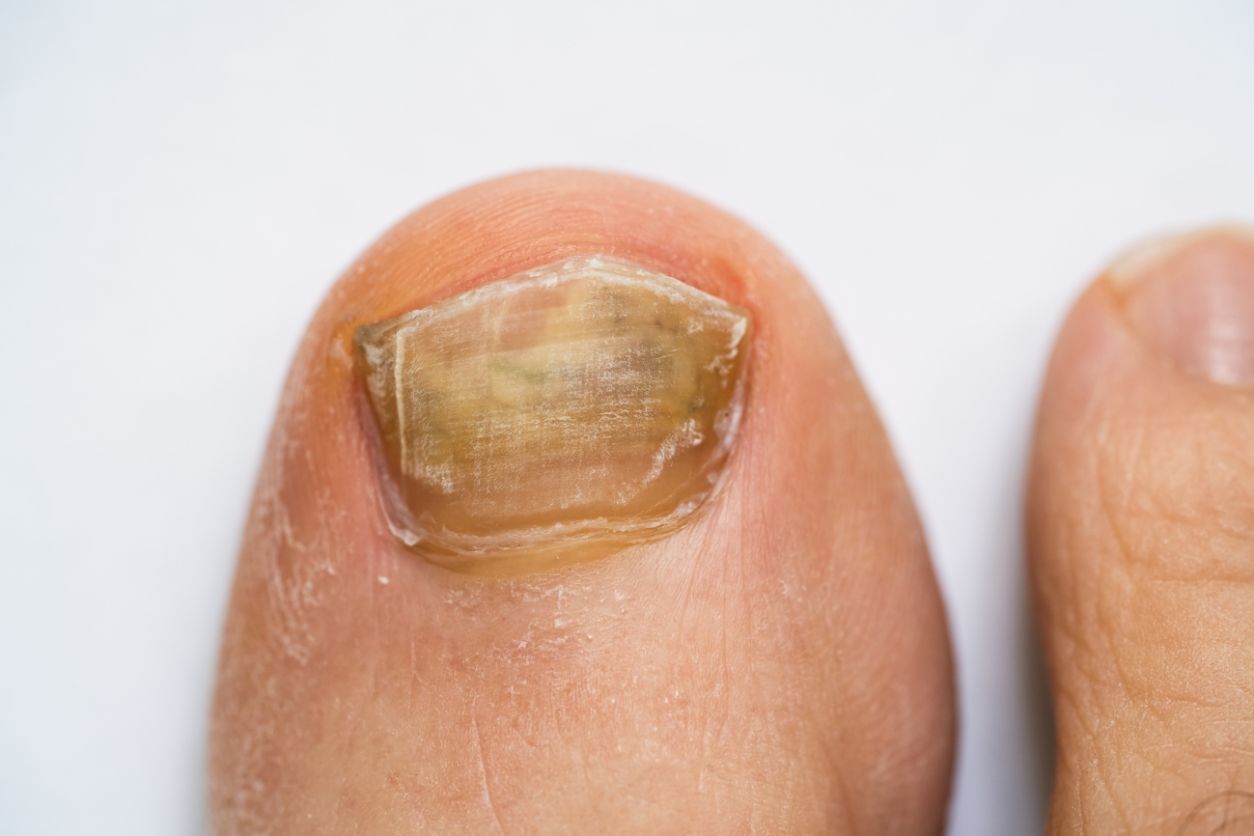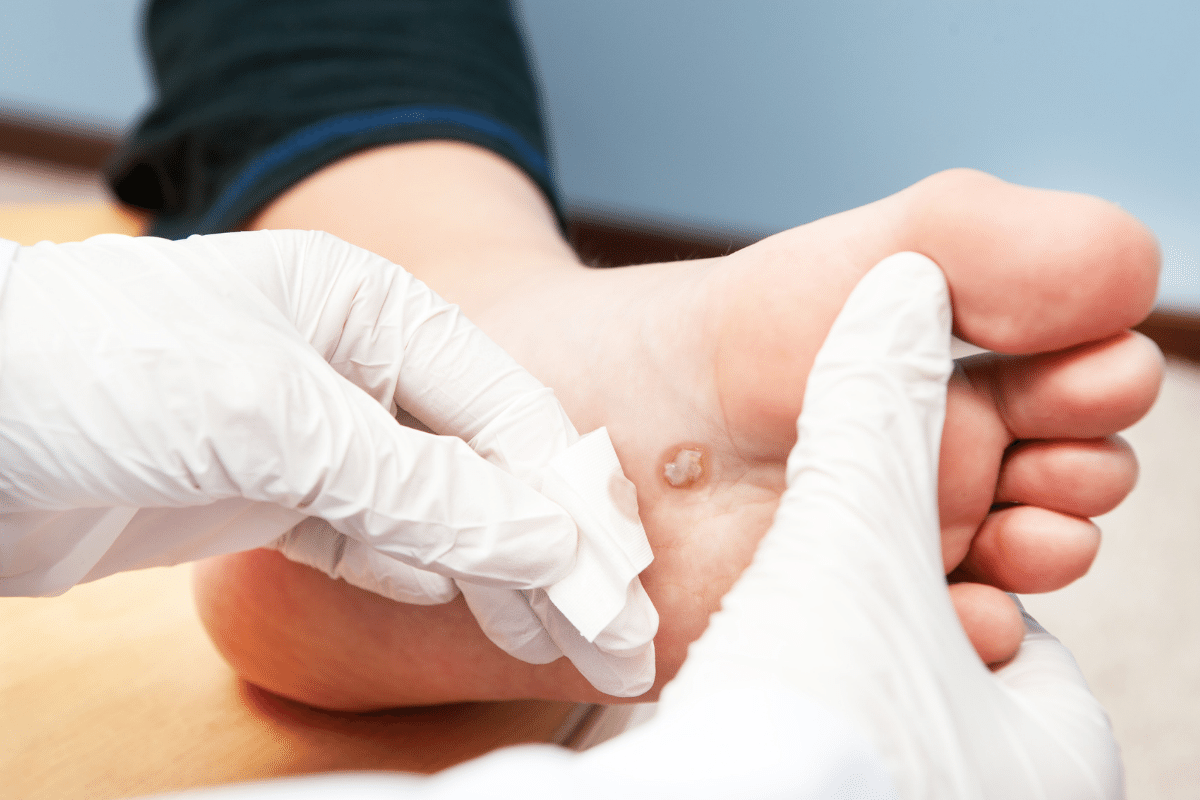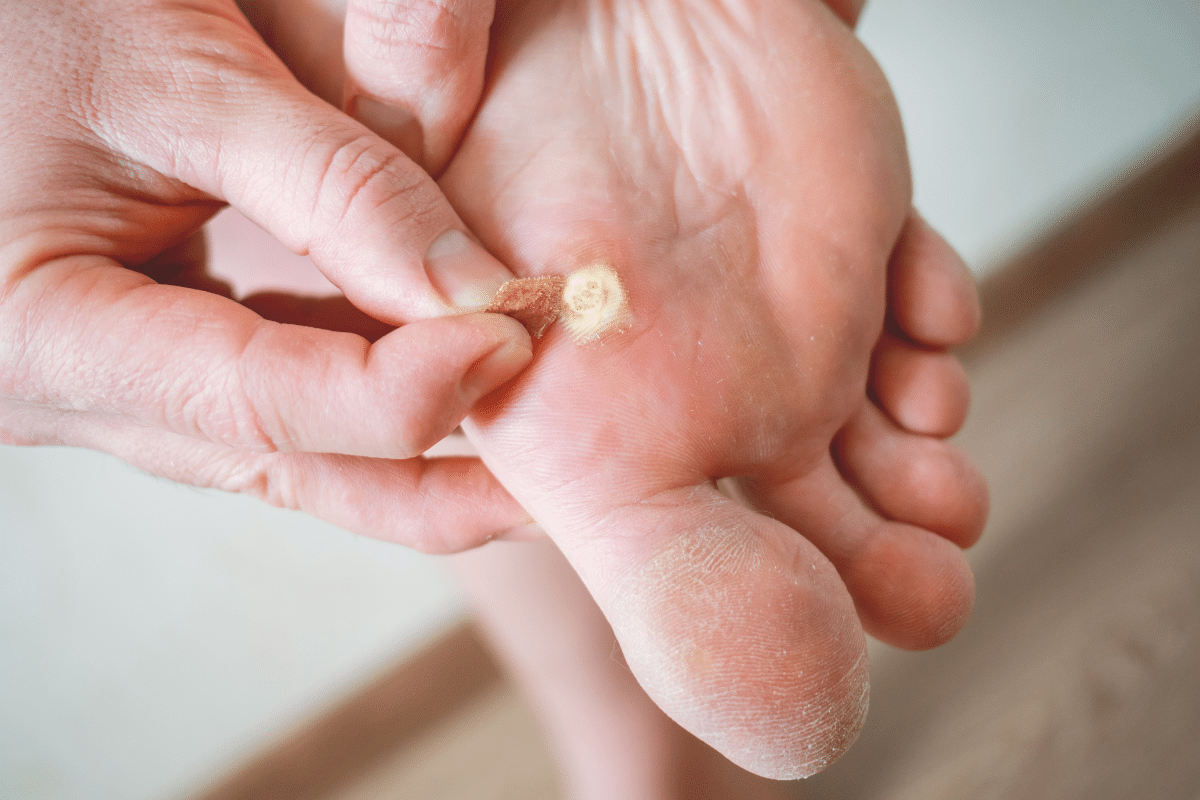Ever asked yourself what pain that gets you in the morning? The one that produces a stabbing, stinging sensation in your heel after prolonged sitting? Still unaware of what it’s called? You might be dealing with Plantar Fasciitis.
It is a highly prevalent condition that strikes thousands of individuals per year in Australia alone, tormenting and inhibiting activity. Athlete or workers that are uses their feet all day or simply someone who wants to stay active, understanding Plantar Fasciitis- its symptoms, causes, treatment options, and prevention tips- is essential for managing and overcoming it.
In this article, take a look closer at Plantar Fasciitis from the most prevalent causes and symptoms to the treatments and easy tips on how to prevent it in the first place.
What Is Plantar Fasciitis?
Plantar Fasciitis is the swelling of your plantar fascia, which is a strip of tissue on the bottom of your foot, heel to toes. It plays a crucial role in supporting the arch of your foot and absorbing shock during walking or running. When this tissue becomes inflamed, it leads to pain and discomfort in the heel, which can range from mild to severe.
Although this can attack anyone, it is most likely to happen most frequently among middle-aged individuals, athletes, and persons with some certain risk factors. It is also one of the most frequent reasons for heel pain in adults.
Common Causes of Plantar Fasciitis
There are some reasons why Plantar Fasciitis might occur, and to give proper treatment, a person must be aware of such reasons. The most specific reasons are:
Overuse and Strain
Strain to the foot, for instance, due to being on your feet for long hours, running, or high-impact athletics can lead to irritation of the plantar fascia. Runners because they are constantly in motion like running that generates inflammation over time.
Poor Footwear
Shoes that do not provide adequate arch support or cushioning, which tends to over-stress the plantar fascia. Worn-out shoes, flip-flops, or high heels are frequent culprits and tend to bring on the condition.
Flat Feet or High Arches
Flat footers (low arches) or high archers are susceptible to Plantar Fasciitis since their feet cannot shock-absorb, overloading the plantar fascia.
Obesity or Weight Gain
Obesity further stresses your feet with extra weight on the plantar fascia and thereby inflaming it. This is more so if the weight gain is sudden.
Tight Calf Muscles
Tight calf muscles or tight Achilles tendon alters the mechanics of your foot and causes extra tension on the plantar fascia. This tension results in the formation of Plantar Fasciitis.
Age and Gender
Though Plantar Fasciitis is occurring to all people regardless of the age, it generally occurs between ages 40 to 60. It may occur in women as compared to men.
Symptoms of Plantar Fasciitis
Symptoms of Plantar Fasciitis will also differ from person to person, but the most frequent symptoms are:
Heel Pain: It is the most common complaint. Pain will be knife-like and severe, worse on morning standing or after greater rest. Pain will be relieved with walking but worsen following sitting or resting for extended durations or after an interval of exertion
Pain at Rest: People with Plantar Fasciitis complain of pain at rest or for a long time while sitting, for example upon waking in the morning after sleeping at night or after a long car ride.
Swelling or Tenderness: The heel becomes swollen or tender to touch, particularly on the bottom of the heel.
Stiffness: Your foot becomes stiff in the morning or after long periods of sitting.
Treatment Options for Plantar Fasciitis
Don’t panic, if you suffer from Plantar Fasciitis. The good news is that there are numerous treatments to reduce pain and allow an improvement in your foot’s condition. The best of those which work are outlined below:
Rest and Ice
Rest and letting your foot heal is important in an attempt to decrease inflammation. Application of ice over the involved area for 15-20 minutes a few times a day will decrease swelling and pain.
Stretching Exercises
Stretching exercises on a daily basis for your plantar fascia, Achilles tendon, and calf will release tension and usher healing. Calf stretches and the “towel stretch” are usually advised.
Footwear Modifications
Shoes with proper arch support and cushioning are required in treating Plantar Fasciitis. Avoid poorly supporting footwear, such as flip-flops or high heels, and use stable and shock-absorbing footwear.
Orthotics
Even wearing over-the-counter insoles fitted for orthotics or prescription-fitted insoles can be done to support the feet and relieve some of the stress on the plantar fascia. These insoles function well with flat feet or extremely arched feet.
Physical Therapy
A physical therapist will show you some exercises and movements that will stretch the muscles of the foot and calm the foot. Physical therapy can also help alleviate pain and prevent future flare-ups.
Medications
Nonsteroidal anti-inflammatory drugs (NSAIDs), ibuprofen, can minimise pain and inflammation of Plantar Fasciitis. First, take advice from your doctor before taking any medicine.
Corticosteroid Injections
In case conservative treatment fails, corticosteroid injections can then be employed to minimise pain and inflammation. These can only be used in extreme cases.
Surgery
Surgery is not generally required in the case of Plantar Fasciitis, but if all else fails and pain is seen to persist for longer than six to twelve months, surgery can be done.
Prevention Methods of Plantar Fasciitis
Though treatment is inevitable, avoiding Plantar Fasciitis from occurring altogether is the best. Below are some preventive guidelines in keeping your feet healthy and preventing this condition from arising:
Wear Proper Footwear: Choose well-arch-supported, well-cushioned, and well-fitted shoes. Do not wear extremely worn-out shoes or shoes that fail to provide your feet with good support.
Keep a Healthy Weight: If you are obese, it will even reduce small amounts of weight on your feet and reduce the risk of Plantar Fasciitis.
Stretch Often: Especially on calf and foot muscles. When you work out- before and after that, you need to stretch so that you can avoid injury.
Stay Away from High-Impact Exercises: If you are prone to Plantar Fasciitis, avoid exercises that involve lots of running or jumping on hard surfaces. Attempt lower-impact exercises such as swimming or bicycling.
Use Orthotics: If you suffer from flat feet or extremely arched feet, wearing orthotic insoles will put less pressure on your plantar fascia and prevent you from getting injured.
Conclusion
Plantar Fasciitis does not have to rule your life. Proper education, treatment, and prevention will put you ahead of Plantar Fasciitis. If you have chronic heel pain or Plantar Fasciitis, don’t wait another minute, get the quality care you deserve.
We test and treat Plantar Fasciitis and any other foot problem here at Sydney Foot Clinic. Our experienced and qualified team of trained podiatrists are here to assist you to return to feeling relief and once again experiencing life on your active, pain-free terms. Give us a call today and arrange an appointment today to experience happier, healthier feet!




